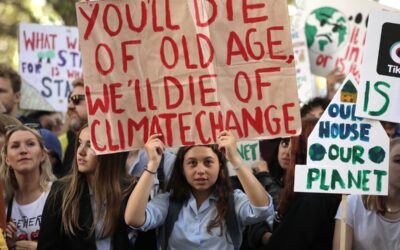I’ve just published a new Chatham House paper on why food prices are rising and what it means for development: download it here.
One of the paper’s main arguments is that we need to make sure that the urgent doesn’t crowd out the essential in discussions of global food strategies: immediate action on humanitarian assistance needs to be matched by a sustained effort to invest in shared awareness between policymakers of what needs to be done to achieve “the feeding of the ten billion”. From the press release:
While the current focus on humanitarian aid is welcome, we need to be thinking now about the long term, too – especially how to grow food supply and make sure that the process benefits rural poor people. What we’re seeing now is just the start of a multi-decade challenge: feeding a global population set to approach ten billion by 2050, in the face of climate change, tighter energy supply, and growing competition for land and water resources.
How we frame and perceive the issue matters enormously. If the prevailing narrative is a Malthusian story of insufficiency, then the risk is of self-fulfilling prophecy – if for example fears that there isn’t enough to go around lead to countries panic-buying food for stockpiles, pushing prices up even more. Instead, we need to see this as a transition to a new stable state. Feeding a world population of ten billion people in 2050 won’t be easy, but it can be done with forethought, collective action and if we don’t panic.
Update: coverage on Associated Press, The Independent and Channel 4 News. One of the many pleasing aspects of publishing things through Chatham House is the general assumption that any of their authors will be as august as the Institute itself. Thus the Independent has kindly conferred upon me a doctorate that I’m fairly sure I do not have; more recently, El Pais has promoted me to Professor.



